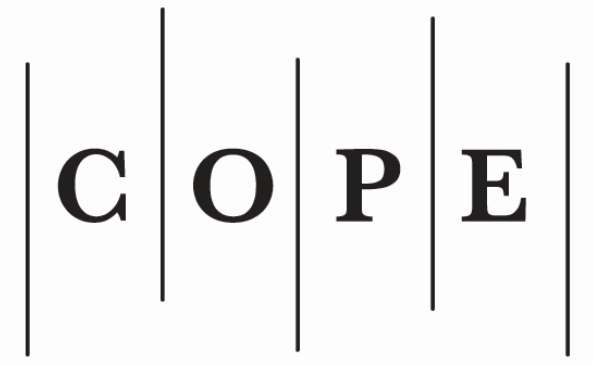Full Parallax Integral 3D Display and Image Processing Techniques
##plugins.themes.bootstrap3.article.main##
Abstract
Purpose – Full parallax integral 3D display is one of the promising future displays that provide different perspectives according to viewing direction. In this paper, the authors review the recent integral 3D display and image processing techniques for improving the performance, such as viewing resolution, viewing angle, etc.
Design/methodology/approach – Firstly, to improve the viewing resolution of 3D images in the integral imaging display with lenslet array, the authors present 3D integral imaging display with focused mode using the time-multiplexed display. Compared with the original integral imaging with focused mode, the authors use the electrical masks and the corresponding elemental image set. In this system, the authors can generate the resolution-improved 3D images with the n×n pixels from each lenslet by using n×n time-multiplexed display. Secondly, a new image processing technique related to the elemental image generation for 3D scenes is presented. With the information provided by the Kinect device, the array of elemental images for an integral imaging display is generated.
Findings – From their first work, the authors improved the resolution of 3D images by using the time-multiplexing technique through the demonstration of the 24 inch integral imaging system. Authors’ method can be applied to a practical application. Next, the proposed method with the Kinect device can gain a competitive advantage over other methods for the capture of integral images of big 3D scenes. The main advantage of fusing the Kinect and the integral imaging concepts is the acquisition speed, and the small amount of handled data.
Originality / Value – In this paper, the authors review their recent methods related to integral 3D display and image processing technique.
Research type – general review.
Design/methodology/approach – Firstly, to improve the viewing resolution of 3D images in the integral imaging display with lenslet array, the authors present 3D integral imaging display with focused mode using the time-multiplexed display. Compared with the original integral imaging with focused mode, the authors use the electrical masks and the corresponding elemental image set. In this system, the authors can generate the resolution-improved 3D images with the n×n pixels from each lenslet by using n×n time-multiplexed display. Secondly, a new image processing technique related to the elemental image generation for 3D scenes is presented. With the information provided by the Kinect device, the array of elemental images for an integral imaging display is generated.
Findings – From their first work, the authors improved the resolution of 3D images by using the time-multiplexing technique through the demonstration of the 24 inch integral imaging system. Authors’ method can be applied to a practical application. Next, the proposed method with the Kinect device can gain a competitive advantage over other methods for the capture of integral images of big 3D scenes. The main advantage of fusing the Kinect and the integral imaging concepts is the acquisition speed, and the small amount of handled data.
Originality / Value – In this paper, the authors review their recent methods related to integral 3D display and image processing technique.
Research type – general review.
##plugins.themes.bootstrap3.article.details##
Section
Articles
- The Author grants to the Publisher the exclusive right and licence to publish this Article without remuneration until the expiry of the economic rights: to reproduce the article in print and digital form, including its publication; to disseminate the original version of the Article or its copies in Lithuania and foreign countries; to translate the Article; to publish the article, including making it publicly available via computer networks; to reproduce and publish the Article in Lithuanian and foreign databases; to licence usage of the Article in ways described in this paragraph.
- The Author warrants that the economic rights of the Author have not been assigned or granted to third parties, that the Article has not been published so far and is not under consideration of being published elsewhere.
- The Author warrants that the Article does not violate intellectual property rights of others.
- After the Article is published in Social Technologies the Author shall have a right to make it public on personal website or on a website of an institution of affiliation, to reproduce it for non-commercial teaching or scholarly research purposes, clearly indicating that the primary source of its publication is Social Technologies.
- This consent shall be considered invalid if the Editorial Board of the Social Technologies decides not to publish the Article.
Authors contributing to Social Technologies agree to publish their articles under a Creative Commons Attribution 3.0 Unported (CC BY 3.0) Licence, allowing third parties to share their work (copy, distribute, transmit) and to adapt it, under the condition that the authors are given credit, and that in the event of reuse or distribution, the terms of this licence are made clear.







